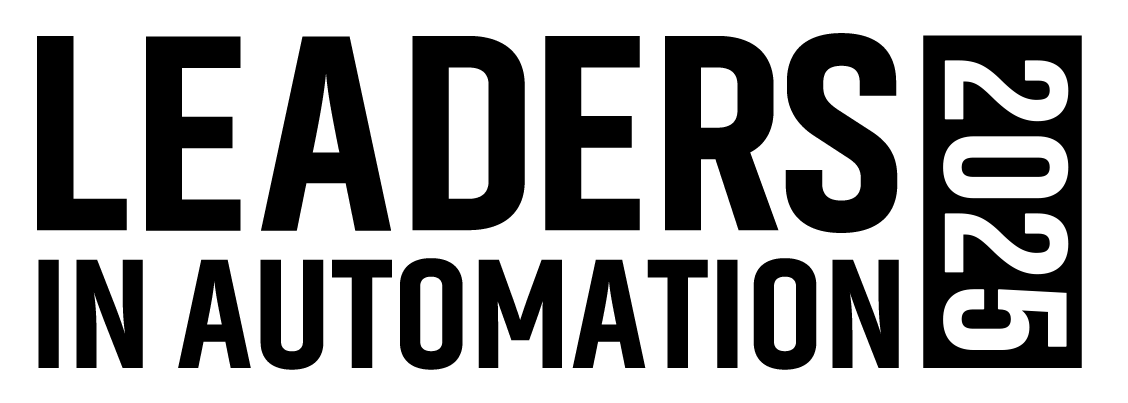The second collision detection feature is a patent-pending approach which puts current and the servo drive data into an algorithm. This enables the system to continuously monitor current in the Kollmorgen servo motor, detecting position to provide anti-collision capabilities along the entire 7th axis. Following a collision detection event, the system includes a small reverse-move feature that eliminates pinch points after a stop — a critical safety enhancement for collaborative environments.
These factors are “what gives us the edge on the collision detection," said Olachea. The collision detection system's sensitivity settings can be adjusted on a control tablet during setup, with the Movotrak CTU motor drive and digital I/O managing collision monitoring and shutdown functions.
Expanding cobot reach for improved ROI
The Movotrak system’s linear-unit-driven guide rails transport cobot assemblies from one task location to another. These rails are available in horizontal, inverted or wall-mounted configurations. With accuracy of ±25 microns over the entire stroke, Thomspon Industries says the system can maintain precision across its extended distances.
Without a 7th axis system, you may need several cobots aligned together to work on an application, noted Olachea. “But with the seventh axis system, you can remove some of those cobots to have just one with 10 meters (30+ feet) of stroke doing all the work that four or five robots would be needed to do without the seventh axis," Olachea explained. "That will give you a better ROI from your cobot investment."
Applications for Movotrak span multiple industries. Olachea cited palletizing operations, welding inspections, and automotive assembly as examples where the extended reach delivers measurable productivity gains by consolidating multiple stationary cobot installations into a single mobile unit.
Movotrak integration and programming aspects
Thomson notes that Movotrak integrates with many cobot sizes and brands, with all collision monitoring and safeguard logic running in the Movotrak drive to minimize bandwidth competition with robot controls. "The URCap (Universal Robot’s partner program) provides all the necessary plug-in I/O components to work with UR cobots," said Olachea. "We also have an add-in for ABB and, by the end of the year, we'll have something for Fanuc. But we can work with the customer to build what they need for any kind of robot they want to use."

